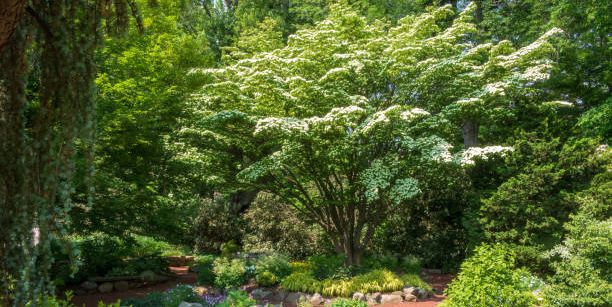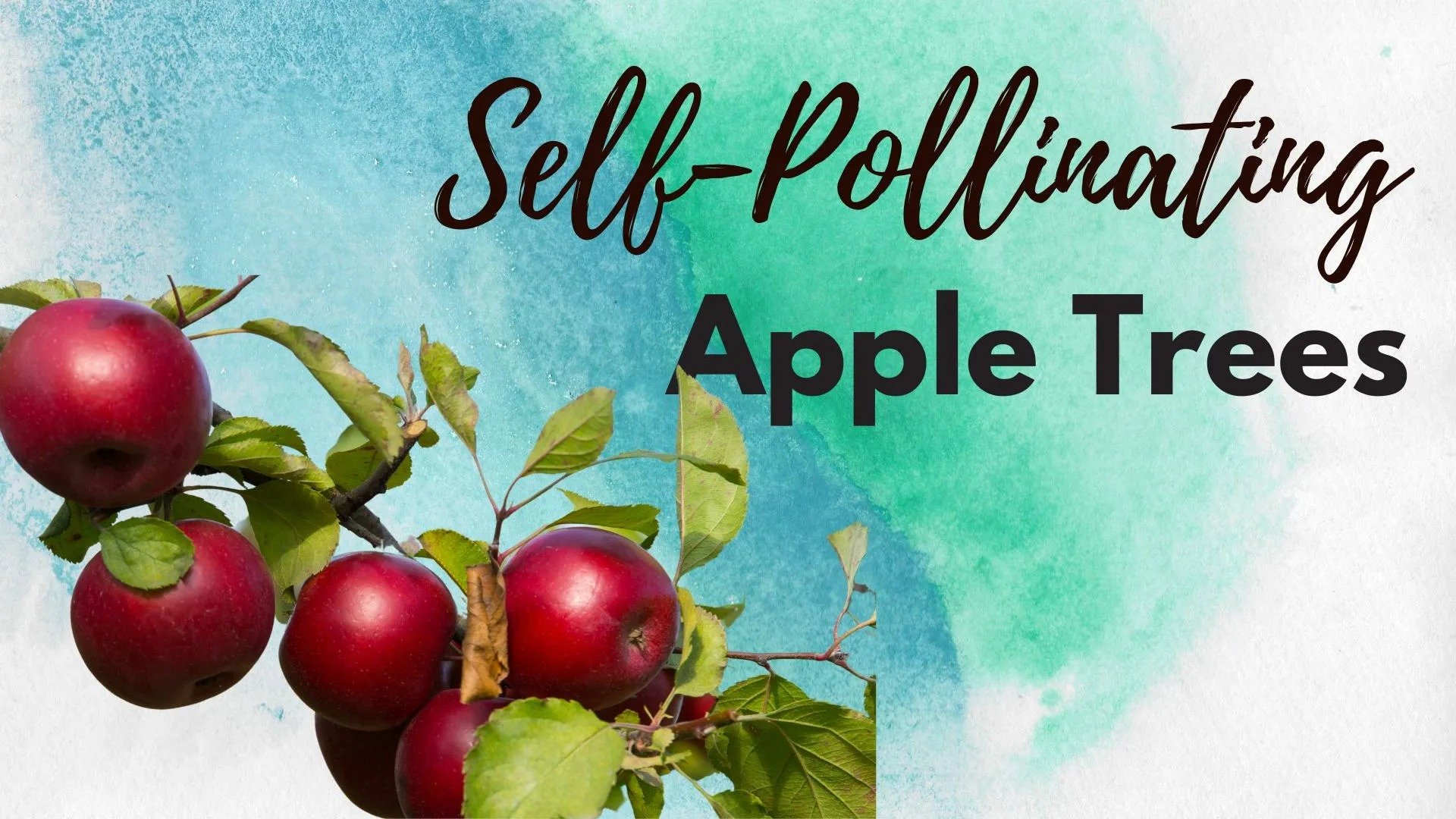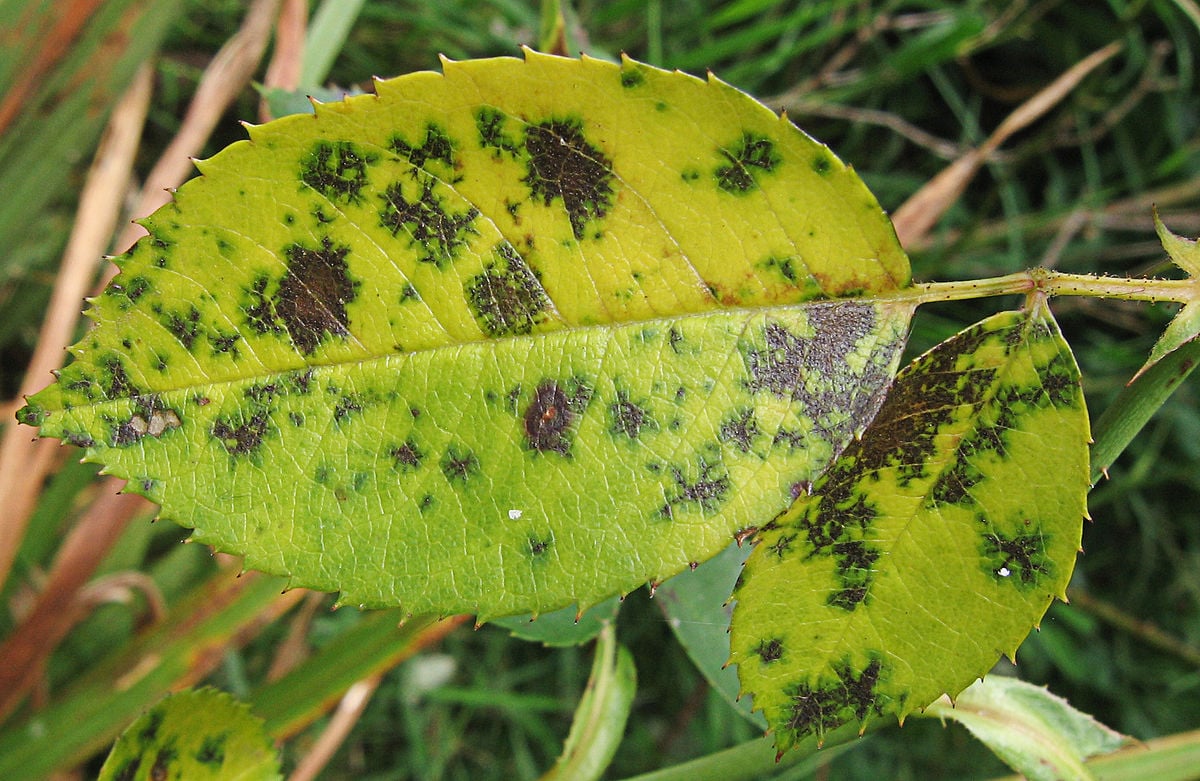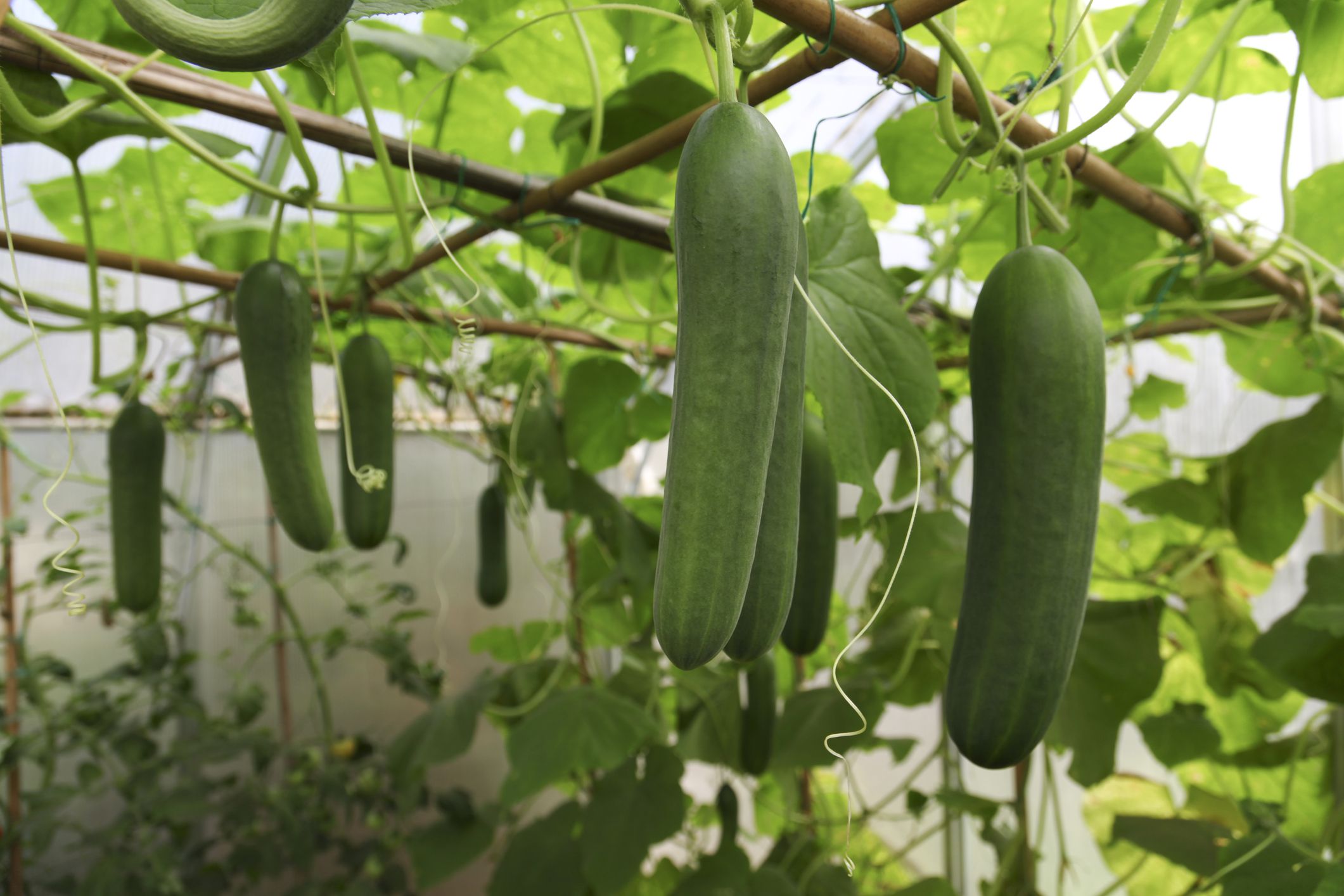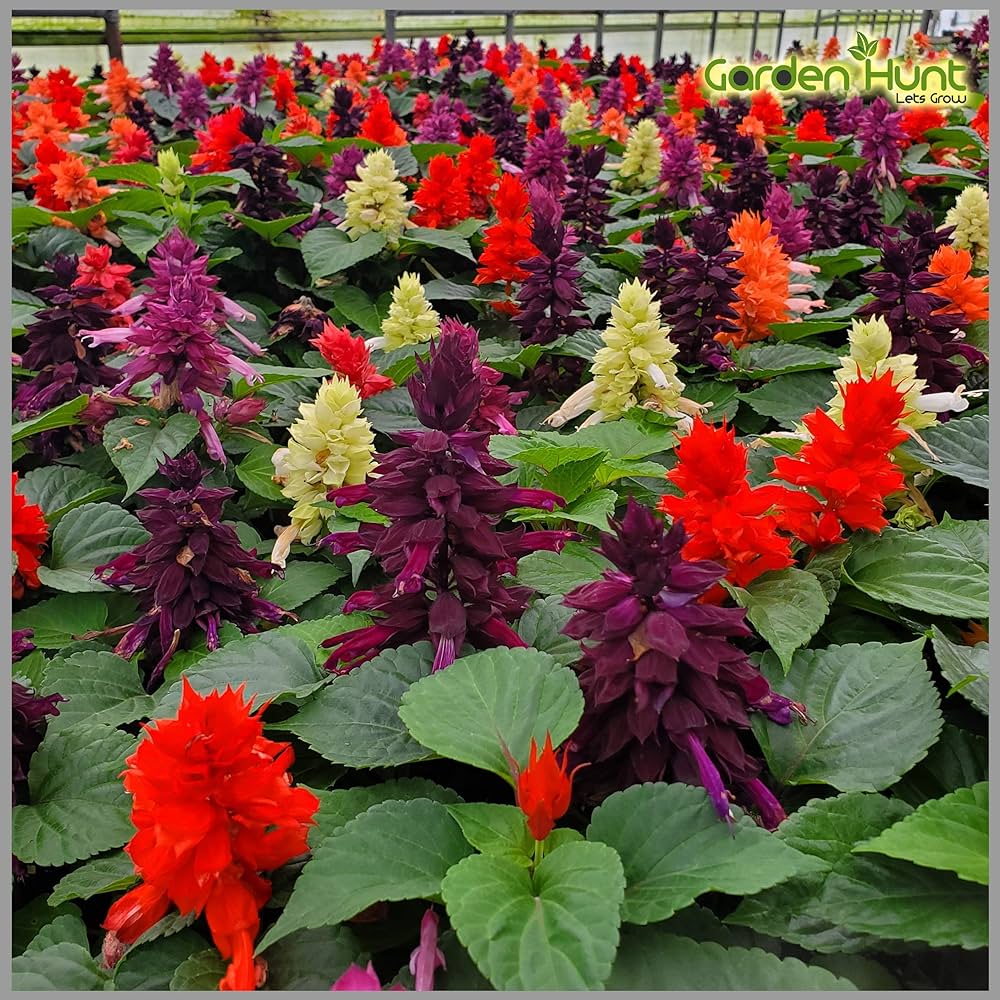Do Salvias Need Cutting Back?

Table of Contents
Enhance the look of your coastal or dry garden by cutting back Salvias at appropriate durations. The only problem with Salvias is the inability to survive harsh winters. Hence, it is best to take cuttings in summer and plant them indoors to enjoy their beauty all year long. However, if you live in areas where the winter is milder, tender the plant in a space-aged with a 10 cm aged manure or garden compost layer, mulch, and then place them in pots with sufficient sunlight.
The appropriate time to cut Salvias is late spring since fresh shoots start appearing at the base, and the foliage is protected from frost. You can also remove the lower leaves and non-flowering stems, insert cuttings into a pre-watered compost pot, cover with a plastic bag or secure greenhouse to prevent scorching, and then plant the cuttings after three weeks.
Determine the Pruning Needs of Salvias
Belonging to the genus Salvia and the mint family, several plant species vary in size, bloom shades, growth habits, and other features. Depending on the species of your Salvias, apply suitable pruning techniques to enhance vitality and appearance. For trimming, remember to use a clean and sharp clipper to cut without injuring yourself and harming the plant precisely.
Here are some important factors to consider the pruning needs of your plant:
1. Timing
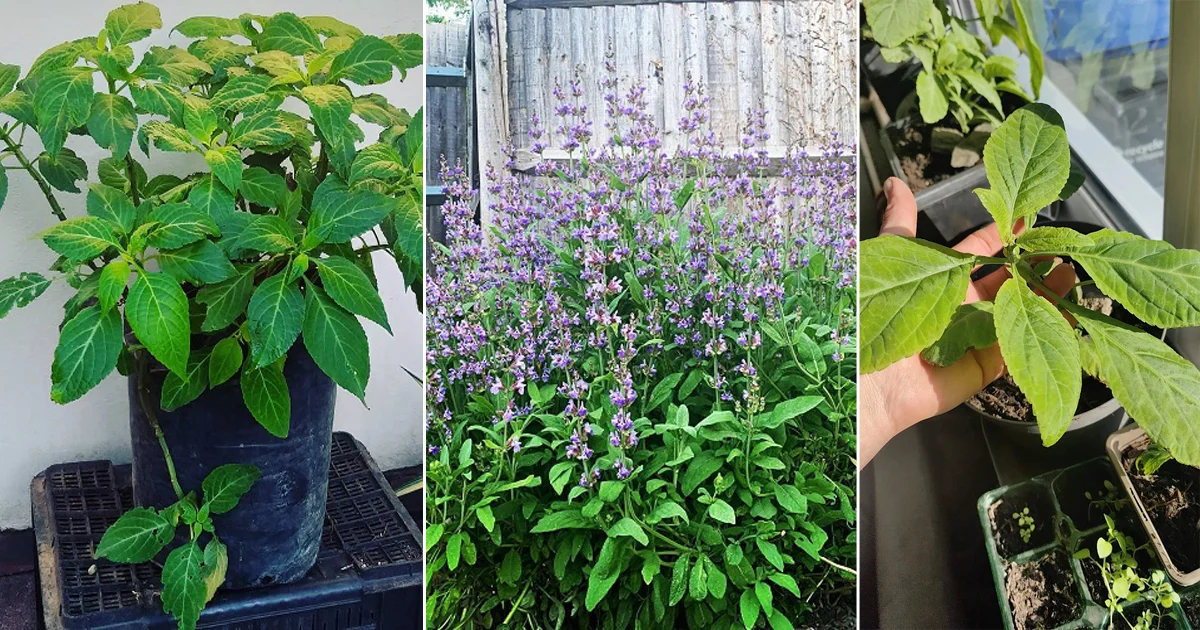
Depending on the climate of your geographical location, promote health by pruning before the new growth begins, that is, during late winter or early spring.
For some deciduous herbaceous varieties, the dormant winter period helps prepare for the upcoming growth season. So, you can trim them lightly to help stimulate new growth.
2. Deadheading
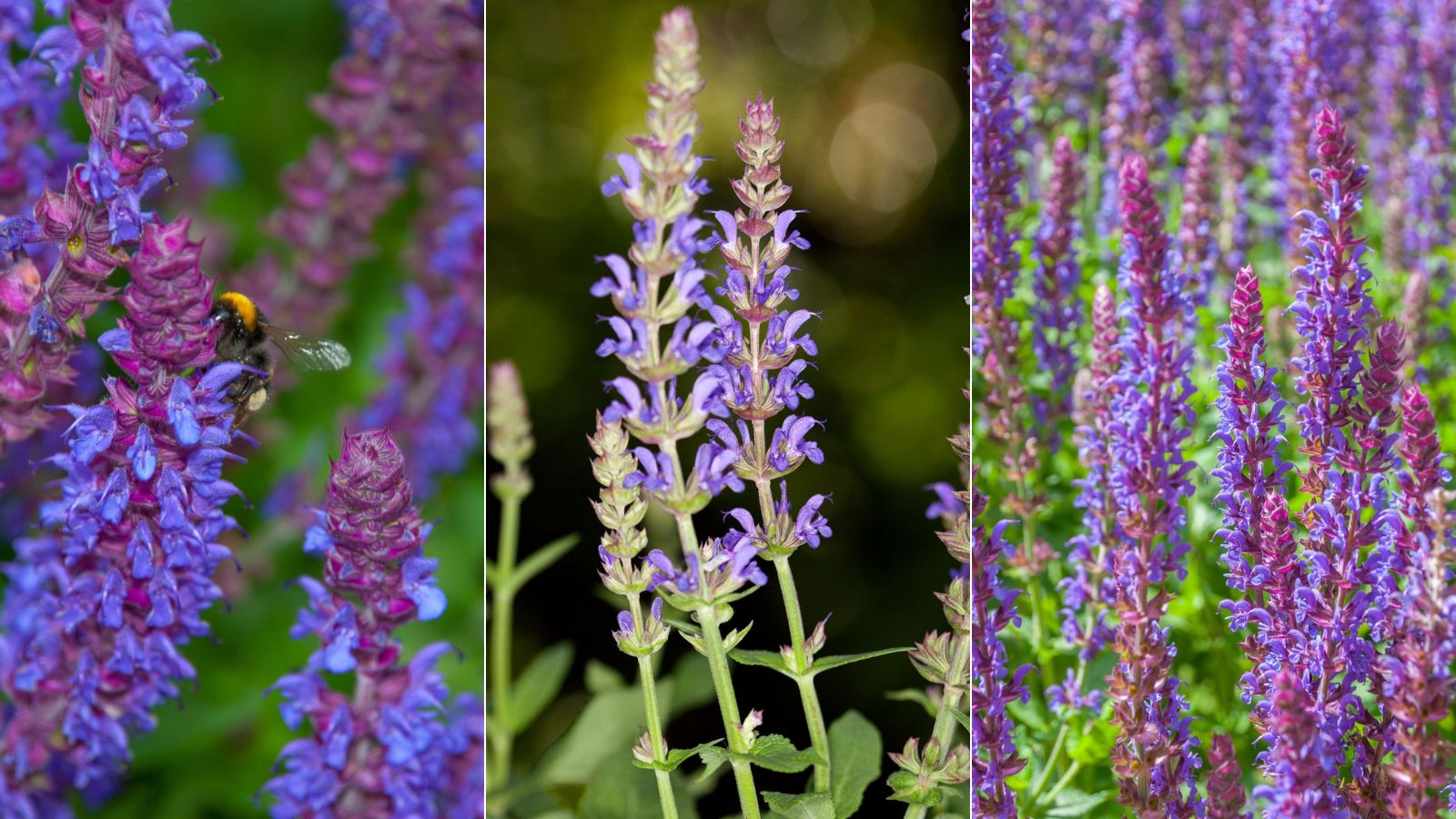
Enhance the production of more flowers by removing faded flowers and simply cutting or pinching them above healthy buds and leaves.
For some varieties, the removal of spent flowers is to be done during the summer months so that the plant does not spend added energy on seed production.
3. Post-Flowering
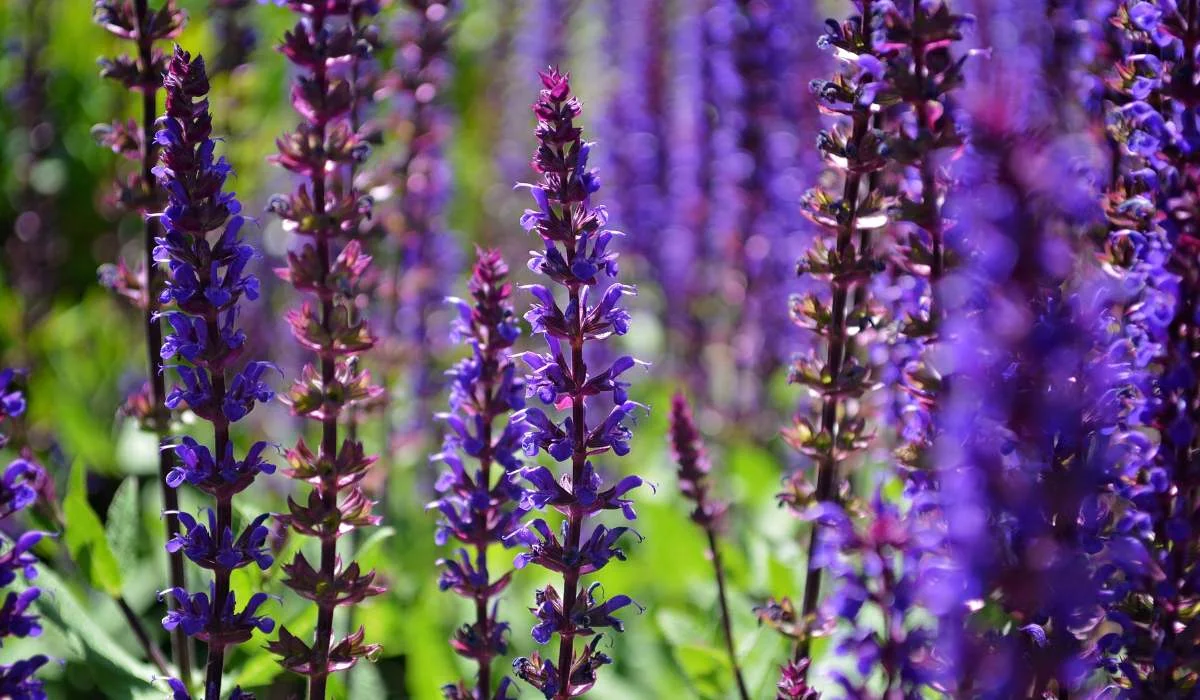
For species that flower only once, prune above a leaf node or healthy bud immediately after the flowering period ceases and prepare plants for the next blooming cycle.
However, if you have other varieties that bloom frequently, prune them regularly according to their patterns and requirements.
Some species also tend to overgrow and encroach on other plants nearby, so you must prune them more frequently to maintain their size and shape.
4. Maintenance
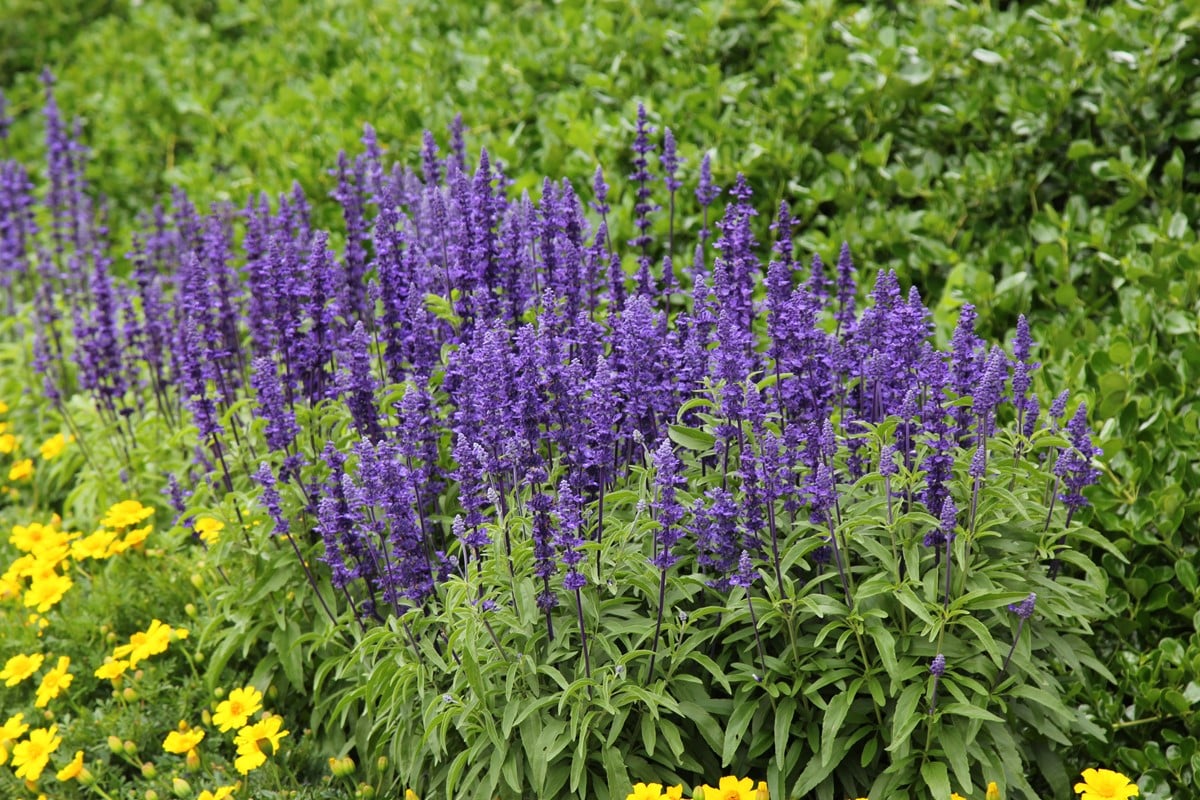
Nurture the plant with regular maintenance to keep a consistent and compact shape. To aid branching and give a bushy appearance, you can also trim back outer stems and slightly cut the tips.
During summers, rather than making drastic changes, you can only cut half the length of the longer stems and stimulate branching. However, if the plant has overgrown in a pattern that is not desirable, cut severely to promote better and stronger growth from the base.
[Important note: Consider the blooming cycle and overall performance of the plant to enhance growth, appearance, and flower production. Avoid removing too much foliage, and be mindful of the local climate, especially while pruning in summer. Assess the needs of your plant and proceed with caution.]
Preventing Damage to Salvias
Cutting back your Salvias at the right time is imperative to avoid hampering optimal growth. Observe the plant for cracked stems, dry leaves, and flowers. If it feels woody and looks brown, check beneath the top layer to remove the dead part without harming the rest of the plant. Remove offshoots as they extract nutrients and moisture that are essential for the main plant.
For longevity and blooming abundance, shear the stems down to the lowest node and fasten the stem repair mechanism by avoiding the following mistakes:
- Cutting below the lowest shoot: It will not encourage new flower production instantly.
- Cutting near leaves: Nodes near leaves are sources of growth, so try not to cut very low.
- Irregular cutting: Pruning at a 45-degree angle provides a large surface area for water, light, and nutrient absorption.
- Inefficient pruning: Use a jute cord before cutting to bundle all important parts of the plant and prevent yourself from accidentally trimming it. Also, remember to remove all trimmed parts, debris, and other dead or unnecessary foliage that may prevent soil from absorbing moisture optimally.
Benefits of Pruning

Remove old, woody stems by pruning to promote the development of new Salvia shoots. Getting rid of old growth also helps to produce more foliage and new florets in abundance.
In addition to seasonal pruning, regular upkeep of the plant helps to maintain a consistent size and shape while preventing the Salvias from infringing on the growth of other herbs, vegetation, and greenery in the vicinity.
Besides positively impacting plant health, routine pruning improves the garden’s appearance or surroundings, enhances air circulation, and reduces the risk of diseases to the plant and pollinators who feed off it.
Final Thoughts
Showcase beautiful, maintained shrubs of Salvias in your garden or backyard by cutting back pruned plants. To promote bushy growth and plant health, cutting back most varieties of Salvias twice a year is the best practice. Some varieties need specific pruning techniques to grow optimally and display unique floral abilities.
Known for aromatic foliage and vibrant flowers, the shrubby or herbaceous Salvias need cutting back and regular maintenance for abundant blooms. Shearing also plays a key role in maintaining overall health, blooming performance, and plant appearance. If you plan to get cuttings only for creating annual blooms, choose April, August, or September months for best results, and use plastic wrap to prevent them from wilting.


